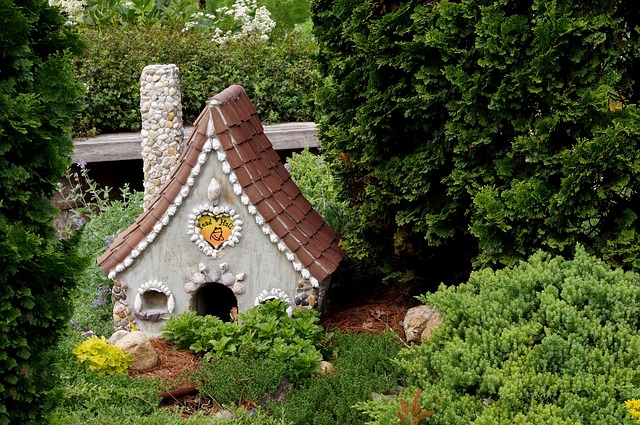Tiny House BIG Impact
With rising living costs and negative environmental impact, people are looking for ways to live more sustainably. How can you reduce your living costs and lessen your impact on the environment? The tiny house movement may be one, very practical solution, to urbanization and rapidly increasing global population.

Global population is rising. According to WorldMeters.info the current global population is over 7 billion people, and steadily increasing. While in some parts of the world, such as Asia and Europe, high density living has been something that has been managed for many centuries, here in North America, we are use to a bit more space. Countries like Macau (20,497 people per square kilometer), Monaco (15,255 people per square kilometer) and even larger countries such as Singapore (7,798 people per square kilometer) are some of the most density populated places on the planet. While the average in Canada (4 people per square kilometer), Mexico (65 people per square kilometer), and the USA (35 people per square kilometer) tell a much different story. Despite a relatively low population density compared to other parts of the world, certain areas, especially urban settlements, are beginning to feel the pressure of population density, and the socio-economic and environmental problems that come with it.
So is it all doom and gloom? Are we really running out of space? While it is easy to dwell on the problem of over population, there is an innovative social movement which prefers, instead, to work on the solution. The “Tiny House” or “Small House” movement looks to solve the issues of high population density by living smaller. While a tiny house is usually less than 100 square meters, the average home is North America is almost double that, 190 square meters. While people living in tiny houses give up some space, they still live comfortably, while reaping both economic and environmental advantages to this new style of living.
There are several reasons why people are choosing to down size their homes, one of the main reasons is cost. While traditional houses can cost $200,000 or more a typical tiny house can cost as little as $19,000. The cost savings do not stop there. The portability of a tiny house means you can shop around for an inexpensive place to put your house on. If you need to relocate, simply put the house on a truck and move everything, greatly reducing the cost of moving. Living smaller can also significantly lower your impact on the environment. A tiny houses takes less resources to build, and often utilize lots of recycled materials. Heating and electricity costs are also considerably lower. Even cleaning and redecoration cost less money and take less time.
Are you ready to live more substantially? Are you ready to reduce your living costs? How do you get started on your journey to living smaller? Of course the world wide web is awash with helpful websites. To start, head over to Relaxshacks.com for lots of creative tiny house ideas and workshops too! Also check you your local area, as the tiny house movement grows clubs, organizations, and meet ups are happening all over.